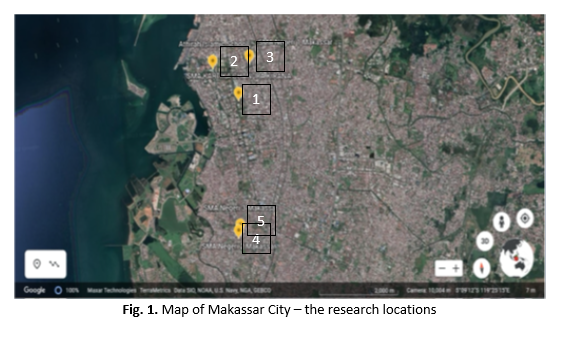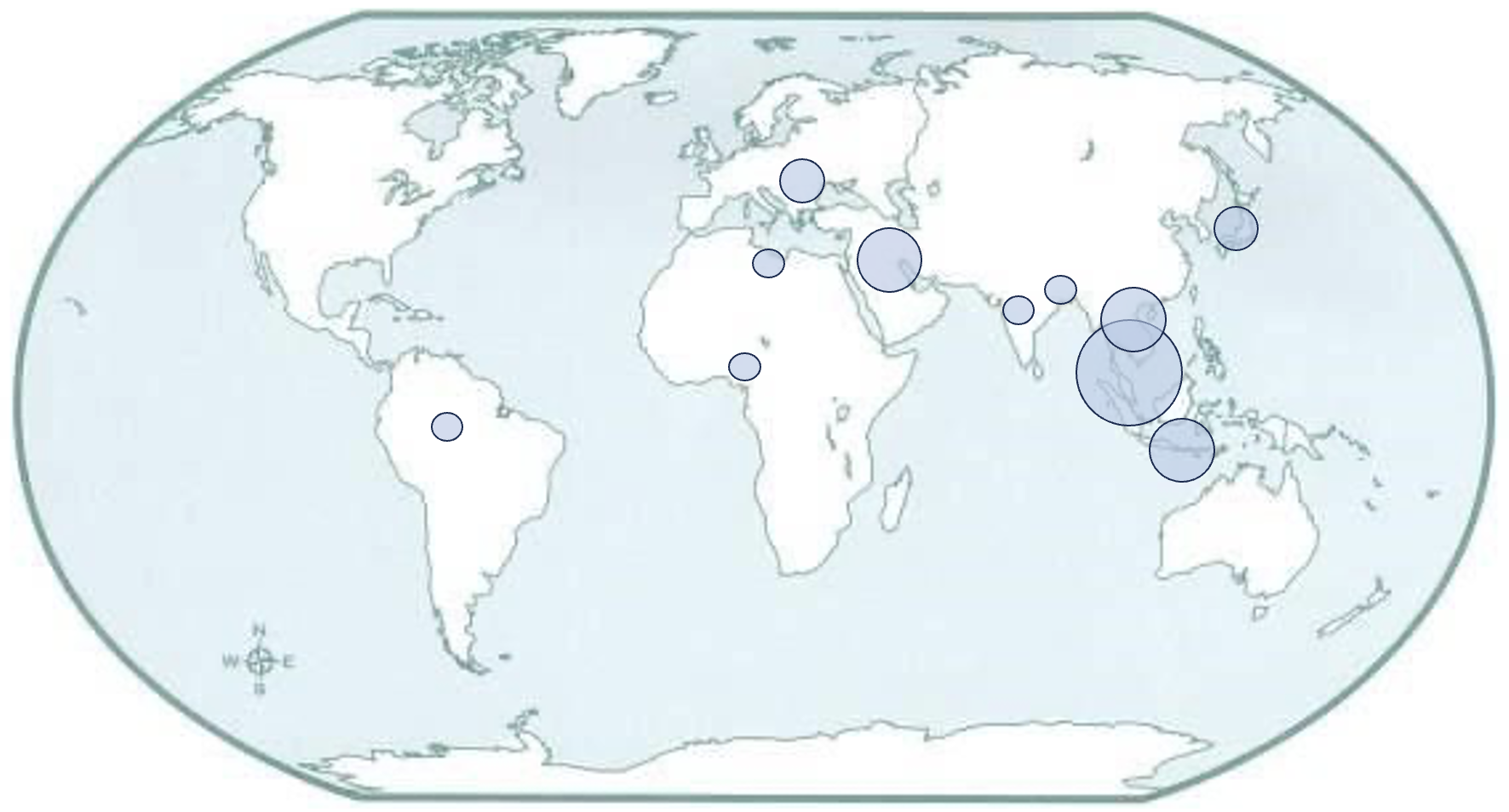Indoor Environmental Quality of Naturally Ventilated Classrooms in Tropical Indonesia Post-COVID-19
DOI:
https://doi.org/10.37934/arefmht.21.1.136148Keywords:
Thermal comfort, visual comfort, acoustic comfort, air quality, indoor environmental quality, tropical classroomsAbstract
Following the COVID-19 outbreak in late 2019, classroom instruction in tropical Indonesia shifted from online learning to face-to-face settings by 2021, driven by declining infection rates and strict health protocols. This transition replaced air conditioning with natural ventilation, maximising window and vent openings, posing challenges to Indoor Environmental Quality (IEQ). This study evaluates thermal, visual, acoustic, and air quality conditions in five Makassar high school classrooms using a mixed-methods approach. Quantitative measurements recorded air temperature (28–30.48°C), light intensity (322 lux), background noise (64.39 dB), and CO/CO2 concentrations (17 ppm/533 ppm), while questionnaires captured student perceptions. Thermal conditions, per SNI 03-6572-2001, near the "comfortably warm" upper limit (25.8–27.1°C), yet 54% of students reported discomfort, with 90% preferring cooler temperatures. Light intensity exceeded SNI 03-2396-2001’s 250 lux, rated "bright" by 68% of students, though glare risks emerged. Acoustic levels surpassed the WHO’s 35–40 dB guideline, with 81% hearing noise frequently, yet 66% were undisturbed. Air quality remained within safe limits (CO < 35 ppm, CO2 < 1000 ppm). Natural ventilation ensures air quality and reduces viral risks but compromises thermal and acoustic comfort, necessitating passive design solutions in tropical climates.
Downloads























